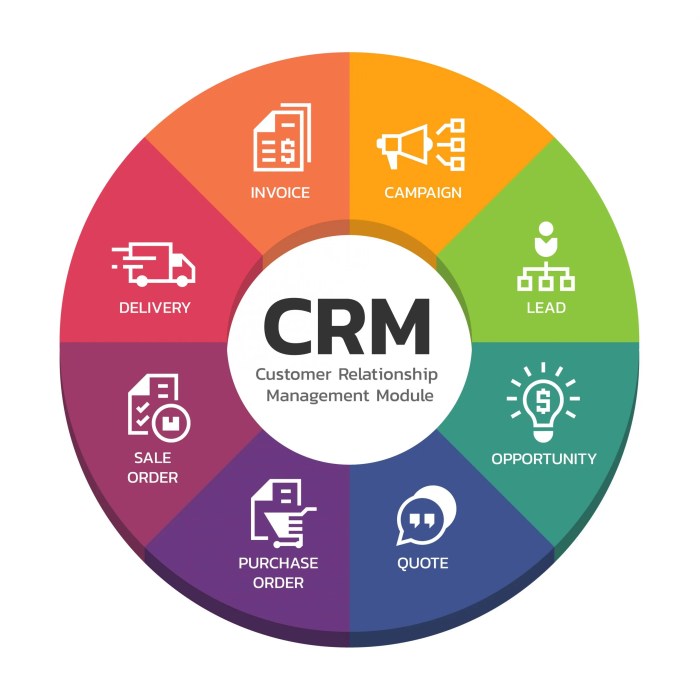Revolutionizing Your Sales Strategy with Cutting-Edge Sales Management Software
In the dynamic world of sales, staying ahead of the competition requires more than just charisma—it demands strategic planning, efficient processes, and the right tools. Enter Sales Management Software, a game-changing solution designed to streamline your sales operations, enhance team collaboration, and drive revenue growth. In this comprehensive guide, we’ll explore the ins and outs of Sales Management Software – from understanding its core functionalities to selecting the perfect fit for your business needs.
Chapter 1: Unveiling the Power of Sales Management Software
Defining Sales Management Software
Sales Management Software is a multifaceted tool designed to empower sales teams. We’ll delve into its core functionalities, discussing how it assists in lead management, pipeline tracking, and performance analysis.
The Evolution of Sales Management
Understanding the historical context of sales management provides insights into why Sales Management Software has become an indispensable asset for businesses of all sizes. We’ll explore the evolution of sales management practices and the role software plays in modern sales strategies.
Chapter 2: The Key Components of Sales Management Software
Lead Management and Tracking
Efficient lead management is the heartbeat of successful sales. We’ll discuss how Sales Management Software facilitates lead tracking, ensuring that your team can prioritize, nurture, and convert leads seamlessly.
Pipeline Management
A well-organized sales pipeline is essential for tracking the progress of potential deals. Learn how Sales Management Software helps visualize and manage the sales pipeline effectively, ensuring that opportunities don’t fall through the cracks.
Performance Analytics and Reporting
Data-driven decision-making is a hallmark of successful sales strategies. Explore how Sales Management Software provides comprehensive performance analytics and reporting features, allowing your team to gain actionable insights and refine their approach.
Chapter 3: Why Your Business Needs Sales Management Software
Enhancing Team Collaboration
Effective communication is the backbone of successful sales teams. We’ll discuss how Sales Management Software fosters collaboration, breaking down silos and promoting a culture of shared goals and achievements.
Improving Efficiency and Productivity
Time is money in sales. Discover how Sales Management Software automates repetitive tasks, streamlines workflows, and boosts overall efficiency, enabling your team to focus on what truly matters – building relationships and closing deals.
Scalability for Business Growth
As your business expands, so should your sales capabilities. We’ll explore how Sales Management Software offers scalability, ensuring that your sales processes can evolve to meet the demands of a growing customer base.
Chapter 4: Choosing the Right Sales Management Software
Assessing Your Business Needs
Not all Sales Management Software is created equal. We’ll guide you through the process of assessing your business needs, helping you identify the specific features and functionalities that align with your goals.
Exploring Popular Sales Management Software Solutions
The market is flooded with options, each offering unique features. We’ll provide an overview of some popular Sales Management Software solutions, discussing their strengths, weaknesses, and user feedback.
Key Factors to Consider
Choosing the right software is a significant decision. We’ll discuss the key factors to consider, including ease of use, integration capabilities, and customization options, to ensure you make an informed choice.
Chapter 5: Implementing Sales Management Software Successfully
Pre-Implementation Planning
Success in implementation begins with meticulous planning. We’ll explore the pre-implementation phase, covering aspects such as goal setting, team training, and stakeholder communication.
Configuration and Customization
Tailoring the software to fit your unique business processes is crucial. Learn how to configure and customize your Sales Management Software, ensuring that it aligns seamlessly with your team’s workflows.
Integration with Existing Systems
Harmonizing your Sales Management Software with existing tools is essential for a cohesive operation. Discover how to integrate the software with other business applications, such as customer relationship management (CRM) systems and marketing platforms.
Chapter 6: Optimizing Sales Management Software for Maximum Impact
Advanced Features and Functionality
Sales Management Software often comes with advanced features that can take your sales strategy to the next level. Explore tools such as artificial intelligence (AI)-driven forecasting, real-time collaboration, and predictive analytics.
Continuous Training and Skill Development
Technology evolves, and so should your team. Learn about the importance of continuous training and skill development to ensure that your team maximizes the potential of Sales Management Software.
Monitoring and Iteration
Regularly monitoring the software’s performance is key to its success. We’ll discuss best practices for analyzing data, identifying areas for improvement, and iterating on your sales strategies for continuous growth.
Chapter 7: Real-World Success Stories with Sales Management Software
Case Studies in Sales Transformation
Success stories speak volumes. Explore real-world case studies of businesses that have undergone significant sales transformation with the implementation of Sales Management Software. Discover how these companies achieved increased efficiency, improved sales metrics, and overall business growth.
Conclusion: A New Era of Sales Excellence
In conclusion, Sales Management Software isn’t just a tool—it’s a strategic asset that can redefine the way your business approaches sales. By understanding its features, choosing the right software, and implementing best practices, you can unlock the full potential of Sales Management Software and usher in a new era of sales excellence for your team.
